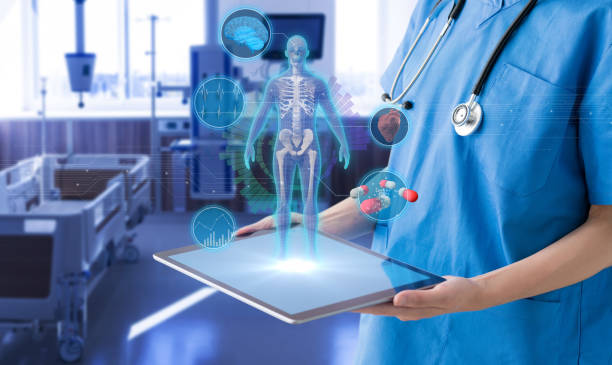Functions Of Bones
Bones are a key part of your skeletal system. They’re lightweight structures that are incredibly strong. A normal adult has around 206 bones in their body.
Your bones serve five main functions in your body, including:
- Supporting your body and helping you move. Your bones hold up your body and keep it from collapsing to the ground. Your posture depends on your bones. You also need to be able to coordinate your bones and shift your weight around them to move.
- Protecting your internal organs. Your bones keep your organs safe from hard impacts, punctures, and other forms of injury. For example, your ribs protect your heart and lungs, and your skull protects your brain.
- Producing your blood cells. Certain types of bones make your platelets, red blood cells, and white blood cells. These cells are made inside of your bones. Platelets help your blood clot, red blood cells deliver oxygen to your organs, and white blood cells help fight off infections.
- Storing and releasing fat. Certain types of bones store fat and then release it when your body needs energy.
- Storing and releasing minerals. Bones can also store necessary minerals when their levels are too high in your blood. Then, your bones will release the minerals when your body needs them. Examples of these minerals include calcium, phosphorus, and vitamin D.
What Is Your Skeletal System?
Your bones join together to make your skeleton: the structure that your entire body is built around — part of your musculoskeletal system.
Your skeletal system functions as a structural lattice that the rest of your body is built around and depends on for support.
Besides bones, other parts of your skeletal system include:
- Ligaments. These are strong tissues that connect your bones to one another.
- Cartilage. This is a semi-rigid tissue that covers bones where they touch one another. It provides a flexible and smooth surface for movement.
- Tendons. These connect your bones to your muscles.
What Are Bones Made Of?
Bones are made from three different kinds of cells and have three different layers. Their general structure is a combination of a protein called collagen and a molecule called calcium phosphate. These weave together to form their strong, lightweight structure.
The three cell types that form bones are:
- Osteoblasts. These make new bone tissue and help repair damage to your bones.
- Osteocytes. These are mature bone cells that help the bones of newborns mature.
- Osteoclasts. These break down your bones and help form them into their correct shapes.
The three layers of a bone are:
- Periosteum. This is a tough outer coating to your bones that helps protect them.
- Compact bone. This is just under the periosteum. It’s hard, white, and smooth. It’s also the main part of the bone that lends firmness and support to your skeletal system.
- Spongy bone. This is the soft, inner layer of your bones. It’s full of holes where the bone marrow can fit. There are two types of marrow — one kind that makes blood cells and one kind that stores fat and minerals.
What Are Different Types of Bones?
The three main types of bones are:
- Bones that make blood cells. These are bones that contain red bone marrow. Examples of bones that have red bone marrow include your pelvis, sternum, humerus, and femur.
- Bones that store fat. These are bones that contain yellow bone marrow. Yellow bone marrow stores fat in the form of adipose tissue. It can release energy when your body needs it in the form of triglycerides — a type of fat found in your blood.
- Bones that form joints. Some bones come together with other bones, ligaments, and cartilage in structures called joints. Different types of joints are defined by exactly how your bones come together in that region. These help your body move in different ways.
When you’re born, your bones mostly contain red bone marrow, but it becomes yellow in your arms and legs as you grow up. This reflects your body’s changing needs for blood cell production versus fat storage.
Many different conditions can impact your skeletal system and your bones in particular. Examples of these are:
- Arthritis. A painful condition where your joints wear down. There can also be inflammation in your joints.
- Scoliosis. This is when the bones in your spine are no longer straight.
- Cancers. Certain cancers can form inside of your bones and impact your skeletal system.
- Breaks. Bones can break — sometimes very badly. Sometimes, your bones can heal small breaks on their own, but oftentimes, you’ll need medical help to fix a broken bone.


